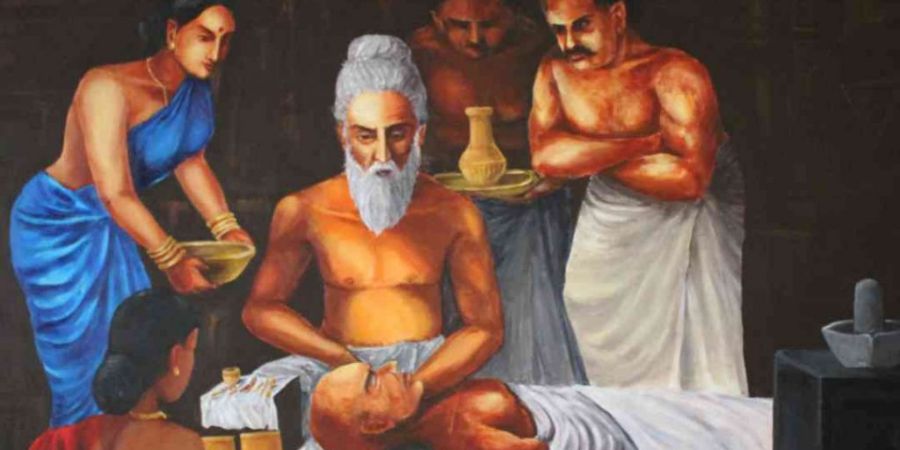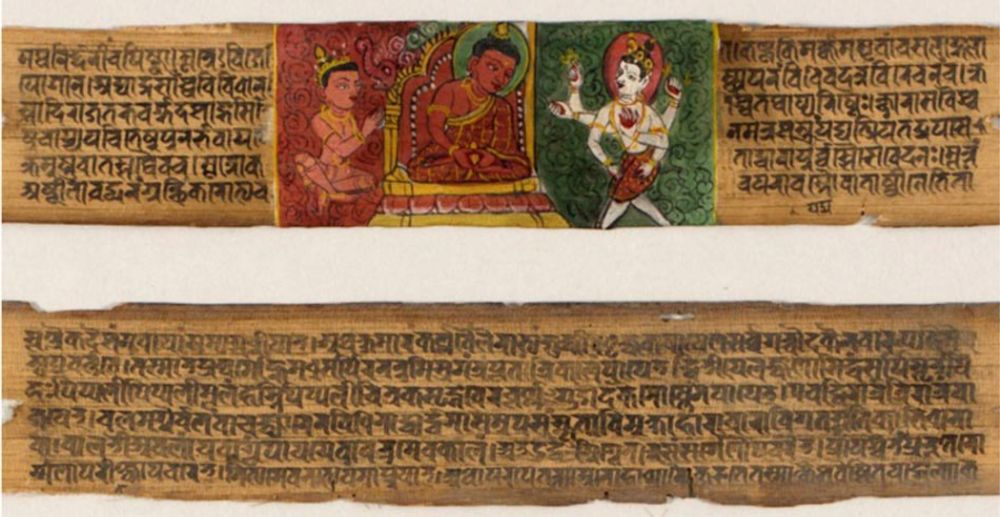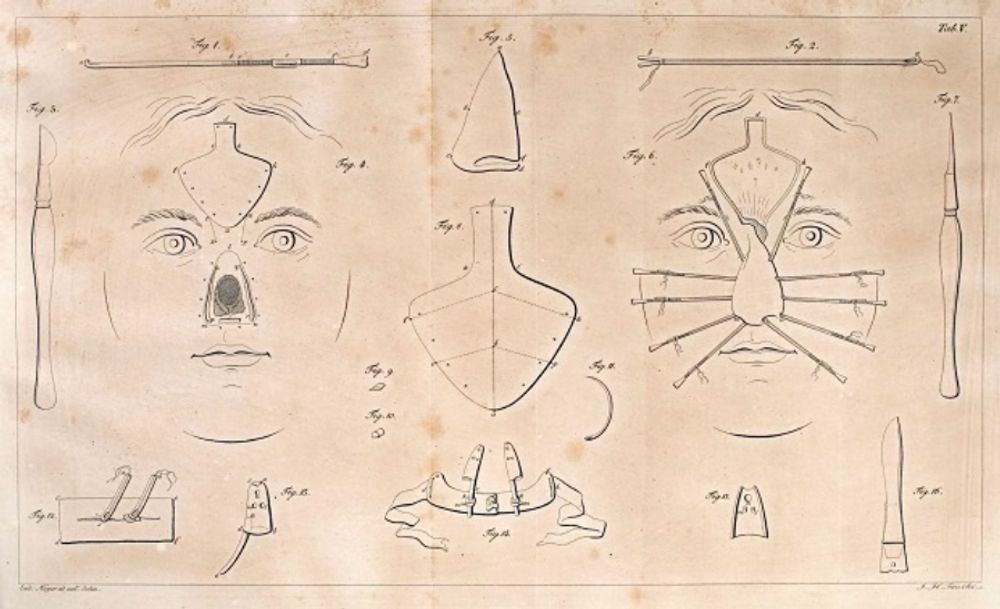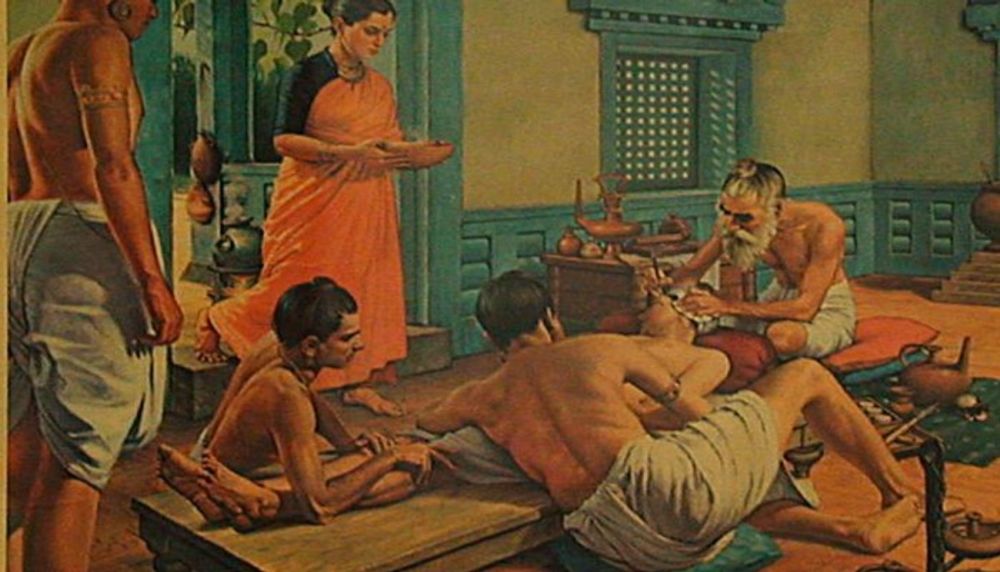

India has given the world so many important things, one of which is plastic surgery. During the 6th century BCE, an Indian physician named Sushruta - was known as the father of plastic surgery.
Sushruta lived in the ancient city of Kashi, now known as Varanasi or Banaras in Uttar Pradesh, the northern part of India.

Sushruta's contribution to the field of medicine is truly remarkable. His work on the Sushruta Samhita in Sanskrit laid the foundation for Ayurvedic medicine, which is still practiced in India today. The Samhita not only documents the etiology of over 1,100 diseases but also provides detailed instructions for surgical procedures such as skin grafts and reconstruction of the nose.

What is particularly noteworthy about Sushruta's approach to medicine is his emphasis on the importance of anatomy. His belief that
“one must prepare a dead body and carefully observe its parts in order to acquire a thorough knowledge of anatomy is still relevant today.”
In fact, this idea is at the core of medical education all over the world.
Sushruta's work has had a lasting impact on the field of medicine, and his legacy continues to be celebrated. He is truly one of the great pioneers in the history of medicine.
Origin of Rhinoplasty

Rhinoplasty, commonly known as a 'Nose Job,' is a surgical procedure that aims to improve both the functional and aesthetic aspects of the nose. It is performed for two primary reasons - to enhance the breathing function of the nose and to improve its cosmetic appearance. The forehead flap rhinoplasty technique was first described by Sushruta, an ancient Indian surgeon, and is still used today in reconstructive surgeries.
This technique involves using a flap of skin from the forehead to reconstruct the nose. During the surgery, the surgeon may reshape the bone and cartilage of the nose to achieve the desired aesthetic outcome. Rhinoplasty is a popular cosmetic surgery option that can help boost a person's self-esteem and quality of life. While the recovery period can be challenging, the results of rhinoplasty can be life-changing for many patients.

Plastic surgery in ancient India

The ancient practice of plastic surgery and dental surgery in India is an interesting topic that showcases the advanced medical knowledge and techniques of the time. From the information provided, it is evident that the training of these surgeons was rigorous and comprehensive, with a strong emphasis on practical experience and experimentation.
The fact that students were trained on models for a minimum of six years before starting their actual training indicates that the process was highly selective and demanding. Additionally, the requirement for a solemn oath suggests a strong sense of responsibility and ethical considerations in the practice of surgery.
Sushruta's experimental teachings are particularly fascinating, with incisions on vegetables like watermelon and cucumber, and probing on worm-eaten woods, providing a glimpse into the resourceful and creative methods used to develop surgical skills. His suggestion that students should learn about the human body and its organs by dissecting a dead body was also groundbreaking and highlights the pioneering spirit and curiosity of the time.
Overall, the history of plastic surgery and dental surgery in ancient India is a testament to the skill, dedication, and intellectual prowess of its practitioners, and serves as a reminder of the rich and diverse medical traditions that have contributed to our understanding of the human body and its treatment.
“The method of study was to submerge the body in water and allow it to decompose followed by an examination of the decomposing body at intervals to study structures, layer by layer, as they got exposed following decomposition.”
The most important point to note here is that the dissection was performed without a knife.
